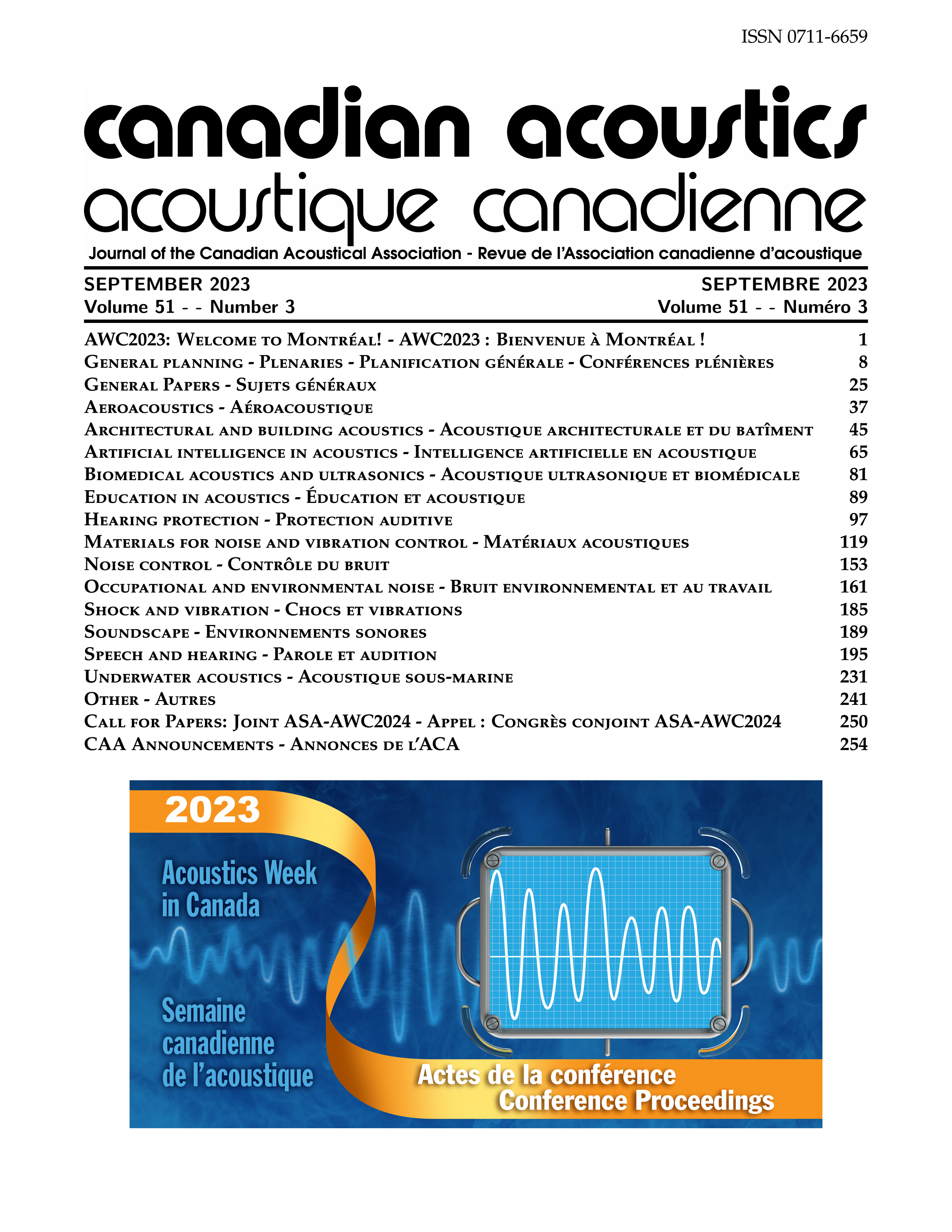The Acoustical Challenges for Modular Buildings used for Residential Purposes
Abstract
As the need for affordable housing increases throughout Canada, modular buildings have moved on from their traditional use as temporary construction trailers or portable classrooms, to forming an important part of permanent housing solutions in both remote and urban locations. Modular buildings offer a cost-effective alternate to “stick-built” construction, that enables a rapid mobilization due to off-site pre-fabrication, with a flexible and ease-of-use approach to the spaces that can be readily adapted to both residential or ancillary support uses. However, while the typical modular assembly is well rehearsed for non-residential uses, there are currently no directly comparable assemblies contained with the Building Code and published formal acoustical performance data of such assemblies is scarce, leading to some ambiguities in the expected acoustical performance of such assemblies. This paper will identify and explore some of the primary acoustical considerations for modular buildings used for residential purposes that have been discovered during the design and construction phases on recent projects. These include a comparison of the design sound isolation ratings of typical assemblies with the as-built performance, details of measures required to mitigate the effects of flanking sound transmission through adjoining constructions and the treatment of building services through shared shafts at the interface of the ancillary uses with the residential modules. Through the discussion of practical examples from both project design and on-site construction works, the paper will provide an insight into the effectiveness of modular construction to achieve acoustical standards that are consistent with the proposed residential uses.Additional Files
Published
How to Cite
Issue
Section
License
Author Licensing Addendum
This Licensing Addendum ("Addendum") is entered into between the undersigned Author(s) and Canadian Acoustics journal published by the Canadian Acoustical Association (hereinafter referred to as the "Publisher"). The Author(s) and the Publisher agree as follows:
-
Retained Rights: The Author(s) retain(s) the following rights:
- The right to reproduce, distribute, and publicly display the Work on the Author's personal website or the website of the Author's institution.
- The right to use the Work in the Author's teaching activities and presentations.
- The right to include the Work in a compilation for the Author's personal use, not for sale.
-
Grant of License: The Author(s) grant(s) to the Publisher a worldwide exclusive license to publish, reproduce, distribute, and display the Work in Canadian Acoustics and any other formats and media deemed appropriate by the Publisher.
-
Attribution: The Publisher agrees to include proper attribution to the Author(s) in all publications and reproductions of the Work.
-
No Conflict: This Addendum is intended to be in harmony with, and not in conflict with, the terms and conditions of the original agreement entered into between the Author(s) and the Publisher.
-
Copyright Clause: Copyright on articles is held by the Author(s). The corresponding Author has the right to grant on behalf of all Authors and does grant on behalf of all Authors, a worldwide exclusive license to the Publisher and its licensees in perpetuity, in all forms, formats, and media (whether known now or created in the future), including but not limited to the rights to publish, reproduce, distribute, display, store, translate, create adaptations, reprints, include within collections, and create summaries, extracts, and/or abstracts of the Contribution.


